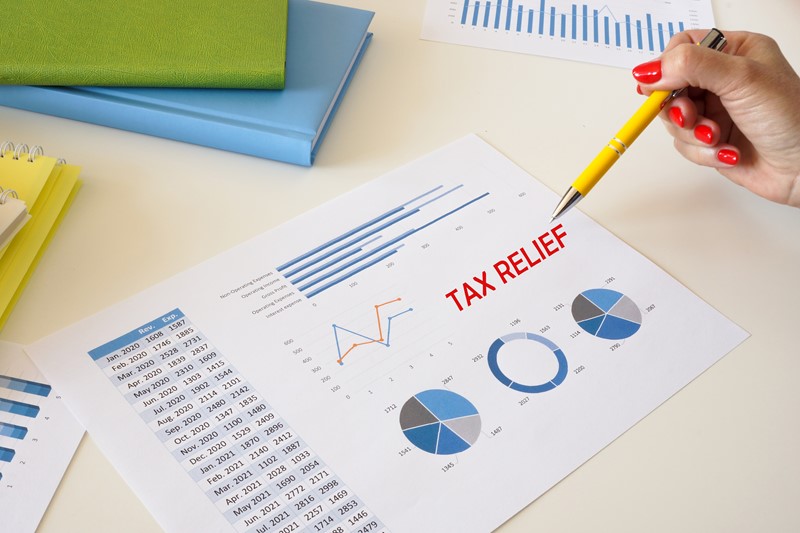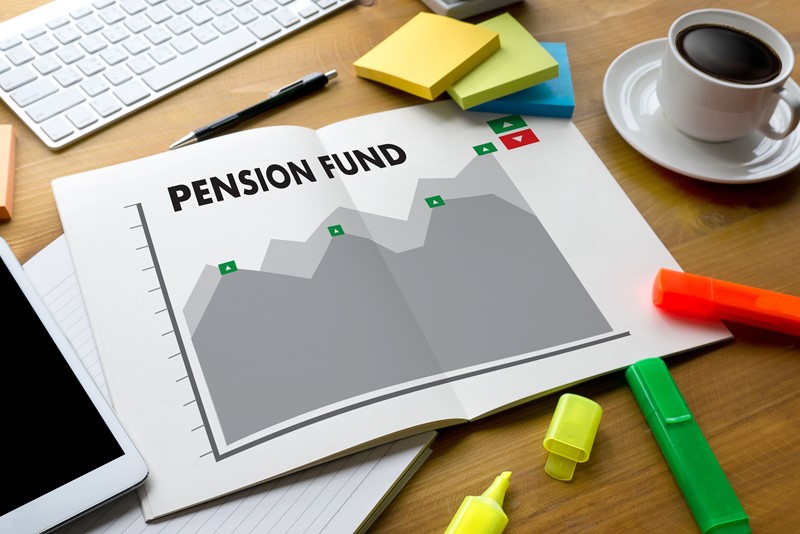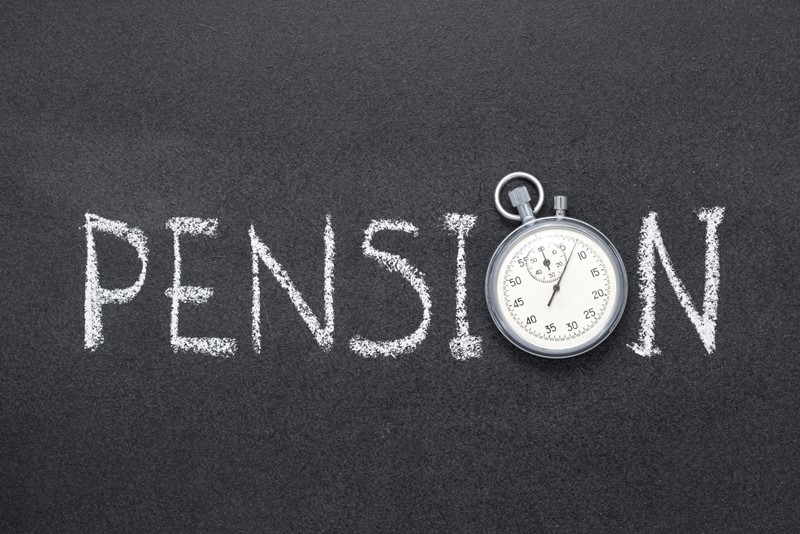
How working capital is funded
June 3, 2025
Tax Diary July/August 2025
June 6, 2025Private pension contributions can attract up to 45% tax relief, if you know how to claim it. Pension tax relief works as a government incentive to encourage retirement savings by allowing you to claim tax relief on your pension contributions. The £60,000 annual allowance applies to all your pension contributions, including those made to a personal pension scheme or workplace pensions. Relief at source is a common method for claiming tax relief on personal pension schemes, where the provider automatically adds basic rate tax relief to your pension contribution. How much tax relief you can claim depends on your income tax rate and the type of pension scheme you use. Use your £60,000 annual allowance wisely and carry forward unused relief from past years to boost your retirement savings.
Income tax thresholds for pension tax relief
You can usually claim tax relief on private pension contributions worth up to 100% of your annual earnings, subject to the overall £60,000 annual allowance. The amount of pension tax relief you can claim depends on the income tax you pay and your tax band. Tax relief is granted at your highest rate of income tax. You must pay income tax and have paid sufficient tax to benefit from full or higher/additional rate relief on your pension contributions. If you do not pay sufficient tax, you may not be able to claim the full amount of tax relief available for your contributions.
This means that if you are:
- A basic rate taxpayer, you receive 20% tax relief
- A higher rate taxpayer, you can claim 40% tax relief
- An additional rate taxpayer, you can claim 45% tax relief
Higher rate tax relief and additional rate tax relief can be claimed by completing a self assessment tax return or assessment tax return if you are a higher or additional rate taxpayer.
Basic rate taxpayers
For basic rate taxpayers, the 20% tax relief, known as basic rate tax relief, is typically applied automatically through relief at source by your pension provider—no further action is needed.
This process applies to personal pension contributions made to personal pensions and stakeholder pensions, where the provider claims the tax relief from HMRC on your behalf.
Additional rate taxpayers
If you pay higher or additional rate tax, you can usually claim the extra tax relief.
- An additional 20% on contributions corresponding to income taxed at 40%
- An additional 25% on contributions corresponding to income taxed at 45%
You can claim this additional tax relief by completing a tax return. HMRC may provide the relief as a tax rebate, an adjustment to your tax code, or as a reduction in your overall tax bill. Claiming this relief can help reduce your tax bill for the year.
The tax rates and reliefs outlined above apply to taxpayers in England, Wales, and Northern Ireland. If you’re based in Scotland, different income tax bands apply, which can affect the amount of tax relief available.
Annual allowances
The annual allowance for tax-relievable pension contributions is currently set at £60,000. This annual allowance applies to all your pension contributions, including personal pension contributions, employer contributions, and contributions to workplace pension schemes. Your total pension contribution each tax year cannot exceed the annual allowance; if you exceed this limit, you may face a tax charge. You can carry forward unused allowances from the previous three tax years, provided you had UK earnings and were a member of a registered pension scheme during those years. Pension payments made to different pension schemes, including workplace pensions and personal pensions, are all counted towards your annual allowance. Making contributions within the annual allowance allows you to get tax relief on your pension savings.



